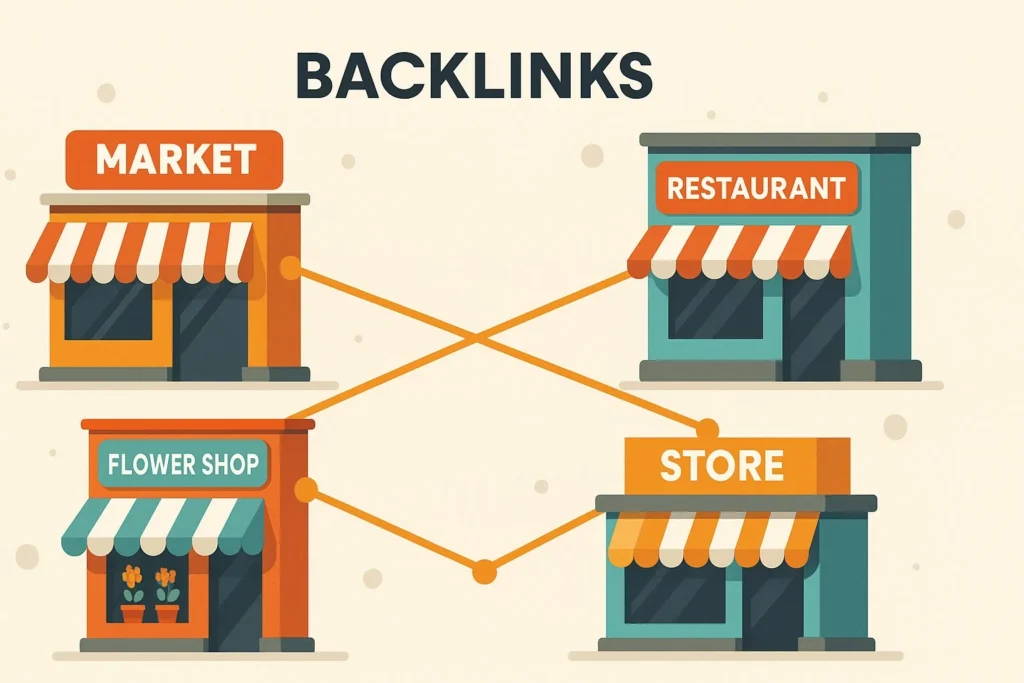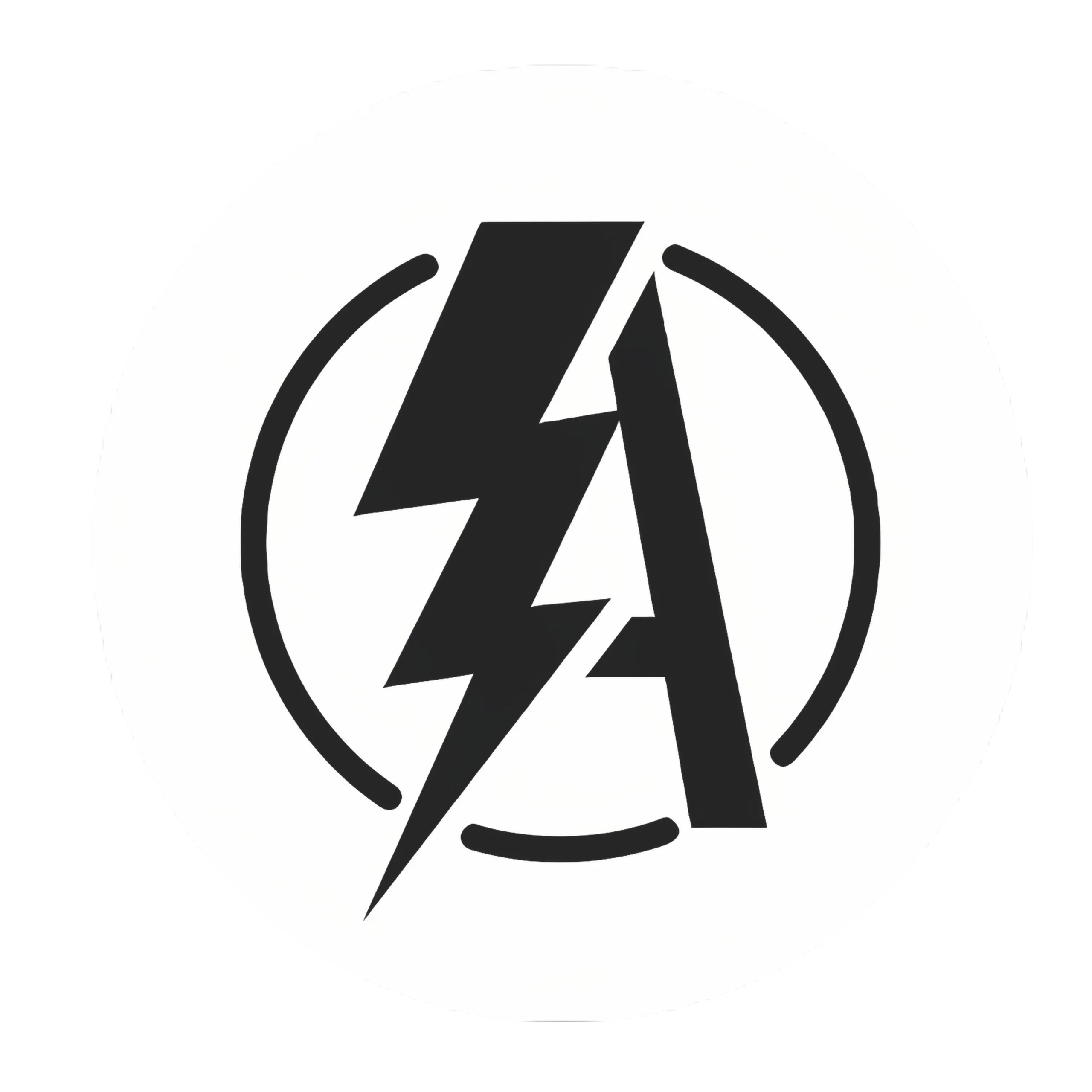If you’re a social media novice, hashtags may seem confusing and you’re right, they are. But they are integral to the way we communicate online, and search. As our world of technology grows and grows, so does the infinite amount of information available for us to search through on any given platform that we choose at that moment.
The hashtag’s widespread use began with Twitter but has extended to other social media platforms. In 2007, developer Chris Messina proposed, in a tweet, that Twitter begin grouping topics using the hash symbol. Twitter initially rejected the idea. However wide spread use took fire, we mean took off. Case in point the #SanDiegoFire, at Messina’s suggestion, to tweet updates on a series of forest fires in San Diego. The practice of hashtagging took was a blaze; now users and brands employ hashtags to cover serious political events (#Cairo) and entertainment topics (#MileyCyrus) alike.
Numbers are supported, if you click on any trending topic on social media you see they are quite the popular little guy popping up everywhere. However, punctuation marks are not, so commas, periods, exclamation points, question marks and apostrophes are out. Forget about asterisks, ampersands or any other special characters. If you’re a grammar junkie…. #sorrynotsorry
Keep in mind that the @ symbol does something completely different. Using @ before a person’s Twitter handle will tweet at him directly, letting him know you have written to him via the @Connect tab. A hashtag will not. Sometimes users will hashtag a celebrity’s name instead of using her Twitter handle — it is acceptable to tweet #highwaytohavasumovie or @highwaytohavasumovie. But if you are trying to reach someone directly, don’t use a hashtag.
Most major social media platforms support hashtags. These include:
Twitter: Twitter is the birthplace of modern hashtag usage — as such, its hashtags are more versatile than other sites’ (see “Tone & Voice,” below). Twitter hashtags are mainly used to denote specific topics of conversation; the “Trends” sidebar of your Twitter feed curates a list of hashtags you might be interested in, based on your tweets.
When you search for a hashtag on Twitter, there are three ways to filter the results. The “Top” option displays the most relevant and popular posts, including those from users you don’t follow. “All” shows you every tweet that uses the specific hashtag in real time, and “People you follow” will only display results from users you are following.
Hashtag Search Results
Embarassing as it is to admit, this is how we do most of our searching while on Facebook: Facebook only recently added hashtag support in June 2013, and the practice has not picked up much steam. Nevertheless, clicking on Facebook hashtags will take you to a list of posts containing the same hashtag. It’s completely useful in the Facebook environment, literally weeding out all the posts that you are not looking for and truly helping to bring to the forefront the ones you may be interested in, or extremely helpful to find old articles you stumbled upon and forgot to save.
Instagram: Hashtags can be used to complement photos shared on Instagram and help you discover new accounts and pick up followers. Some hashtags were created specifically for Instagram photo challenges — #ThrowbackThursday, for example, encourages users to post retro photos. Vine uses hashtags in the same way — try accompanying each of your Vine videos with at least one hashtag to maximize shareability.
Google+: When you click on a hashtag in Google+, the search results will include the original hashtag as well as posts with similar tags and keywords. Google search results display on the left side of the page, while hashtag results from within Google+ appear on the right. Google also gives you the option to search within Facebook or Twitter.
Tumblr: Tumblr posts have a special “Tag” section where you can enter tags. These tags function like Twitter hashtags, organizing posts by topic, but the hash symbol is inserted automatically. Hashtags included in the main body of a post are not transformed into links.
Pinterest: Use Pinterest hashtags to mark and search for content. Click on the hashtag in a pin description to navigate results that contain the exact hashtag, plus pins with the same word or phrase in the description.
If we totally confused you, not to worry. That’s what we’re here for. We love this $h!t!! Shoot us an email and we can talk strategy and how to make the most of your hashtagging!






